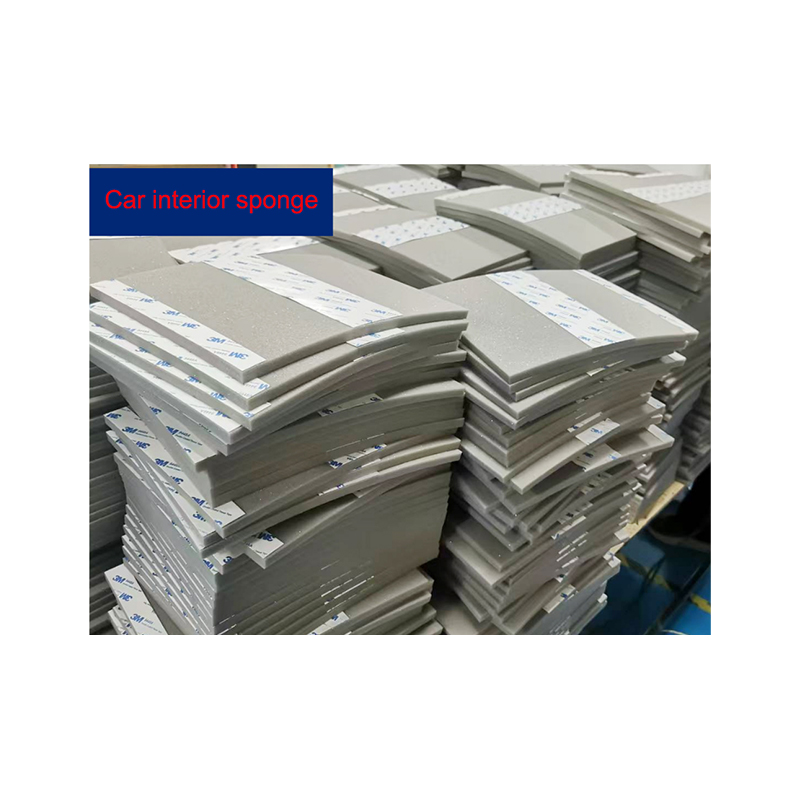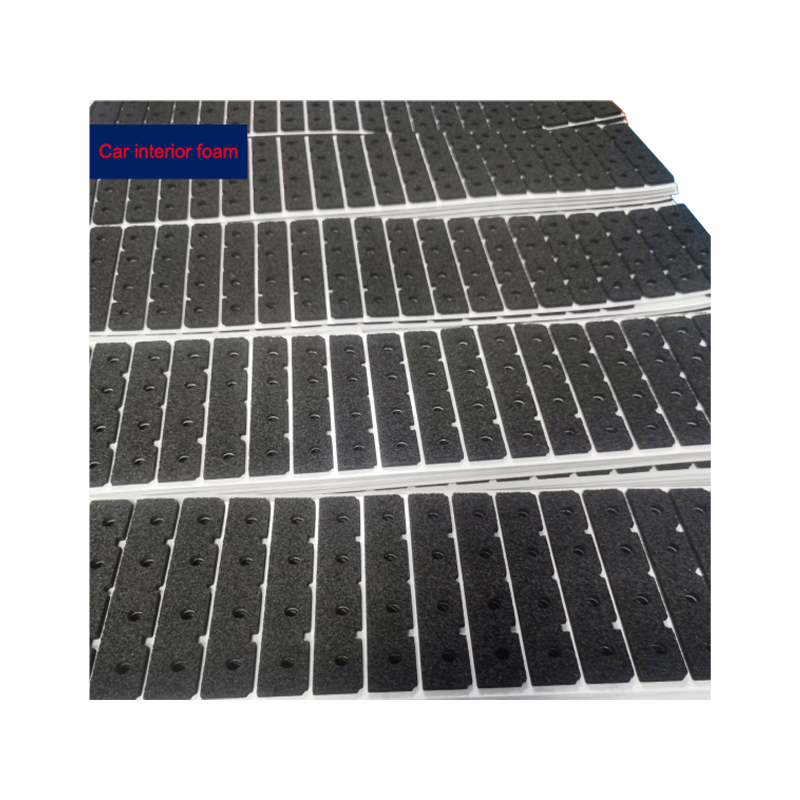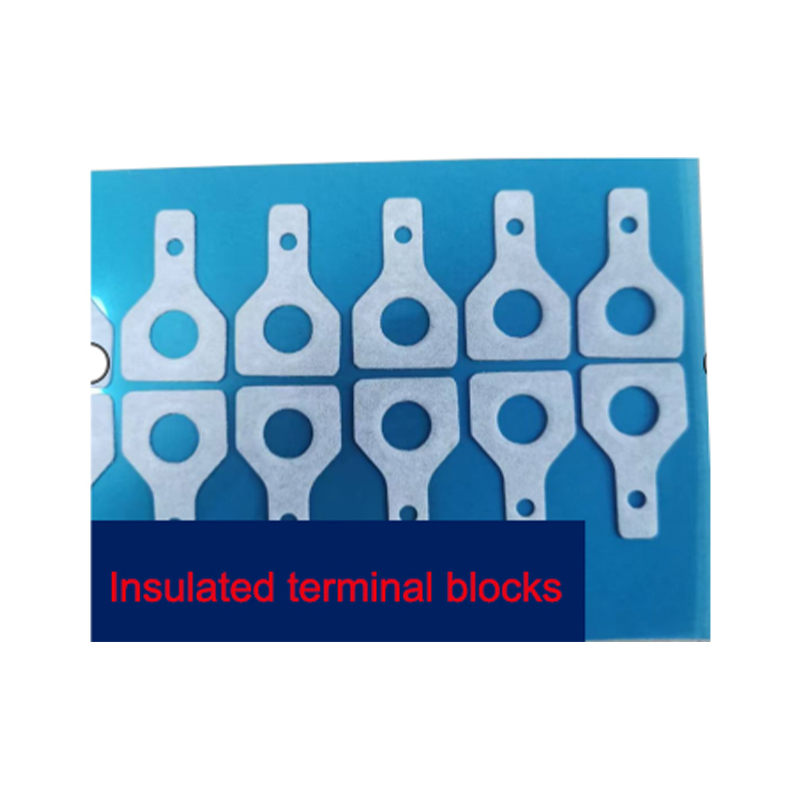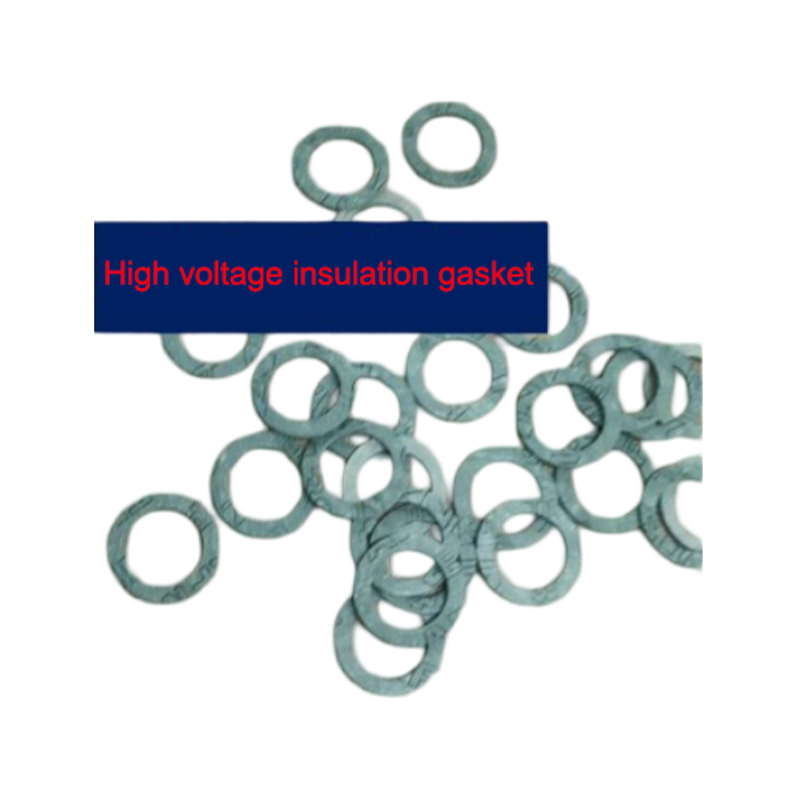How does the surface treatment process (coating, coating, and lamination) of anti-static foam improve its anti-static performance and friction resistance?
Release Time : 2025-05-06
The coating process is to form a thin film with specific properties on the surface of anti-static foam. Metal or metal oxide films, such as silver, copper or indium tin oxide (ITO), are plated by physical vapor deposition (PVD) or chemical vapor deposition (CVD). These metals or metal oxides have good conductivity and can form a conductive network on the foam surface, so that static charges can be quickly conducted, thereby improving the anti-static performance. At the same time, the coating layer, as a hard shell, increases the hardness of the foam surface, reduces the wear when rubbing with external objects, and improves the friction resistance. For example, the silver-plated film has extremely high conductivity and hardness, which can effectively improve the anti-static and friction resistance of the foam.
The coating process is to evenly coat the anti-static coating on the foam surface. Anti-static coatings usually contain conductive fillers, such as carbon black, carbon fiber, metal powder, etc., as well as film-forming resins. When the coating is coated on the foam surface, the conductive fillers contact each other to form a conductive path, so that the foam surface has good conductivity. In this way, static charges can quickly leak through the conductive path to prevent static electricity accumulation. In addition, the film-forming resin in the coating forms a protective film on the surface of the foam, which can fill the tiny pores on the surface of the foam, make the surface smoother, reduce the friction coefficient, and thus improve the friction resistance. At the same time, the film-forming resin itself has a certain flexibility and wear resistance, and can resist external friction and scratches to a certain extent.
Some coating processes can further improve the friction resistance on the basis of anti-static. For example, fluorine-containing coatings are used for coating, which have extremely low surface energy and good wear resistance. The coating formed on the foam surface can not only make the foam surface smoother, reduce adhesion and friction with other objects, but also withstand greater friction without being easily damaged. In addition, by adjusting the formula of the coating and the coating process parameters, the thickness and hardness of the coating can be controlled so that it can achieve the best friction resistance while meeting the anti-static performance requirements.
The composite process is to composite anti-static foam with other materials with special properties. A common composite method is to composite foam with conductive fabrics or conductive plastic films. Conductive fabric or plastic film has good conductivity. After being compounded with foam, it can form a large conductive layer on the foam surface, which greatly improves the antistatic performance of the foam. Static charge can quickly diffuse and conduct on the composite conductive layer, avoiding the accumulation of static electricity in local areas of the foam. This composite structure can also be designed according to different application requirements, such as increasing the thickness or density of the conductive material in areas where higher antistatic performance is required.
The composite process also has a significant effect on improving friction resistance. When the foam is compounded with wear-resistant materials, such as polytetrafluoroethylene (PTFE) film, PTFE has excellent wear resistance and low friction coefficient, which can effectively protect the foam surface from friction damage. In actual applications, even if the foam is frequently rubbed, the wear of the foam itself will be greatly reduced due to the protection of the PTFE film as the outer layer. In addition, the composite process can also adjust the overall performance of the foam by selecting different materials and composite methods to meet the requirements of antistatic and friction resistance for different electronic equipment packaging.
In actual production, in order to obtain better antistatic performance and friction resistance, multiple surface treatment processes are often combined. For example, the foam is first plated to form an initial conductive and wear-resistant layer, and then coated to further improve the antistatic performance and fill the possible defects of the coating layer, while enhancing the adhesion and flexibility of the coating. Or the foam is first composited with a conductive fabric, and then the composite surface is coated to make the composite structure more stable and the surface smoother and more wear-resistant. Through the synergistic effect of these processes, the advantages of various processes can be fully utilized, so that anti-static foam can better protect electronic products in the packaging of the electronics industry and meet its strict requirements for antistatic and friction resistance.
With the continuous development of the electronics industry, the performance requirements for anti-static foam are also getting higher and higher. In the future, surface treatment processes will develop in a more environmentally friendly, efficient and intelligent direction. For example, develop new environmentally friendly coating materials and coating coatings to reduce pollution to the environment; use automated coating, coating and composite equipment to improve production efficiency and consistency of product quality; use intelligent monitoring technology to monitor parameters and product performance in the surface treatment process in real time, and achieve precise control and optimization of anti-static foam performance. These development trends will further enhance the performance of anti-static foam and provide better packaging materials for the electronics industry.







